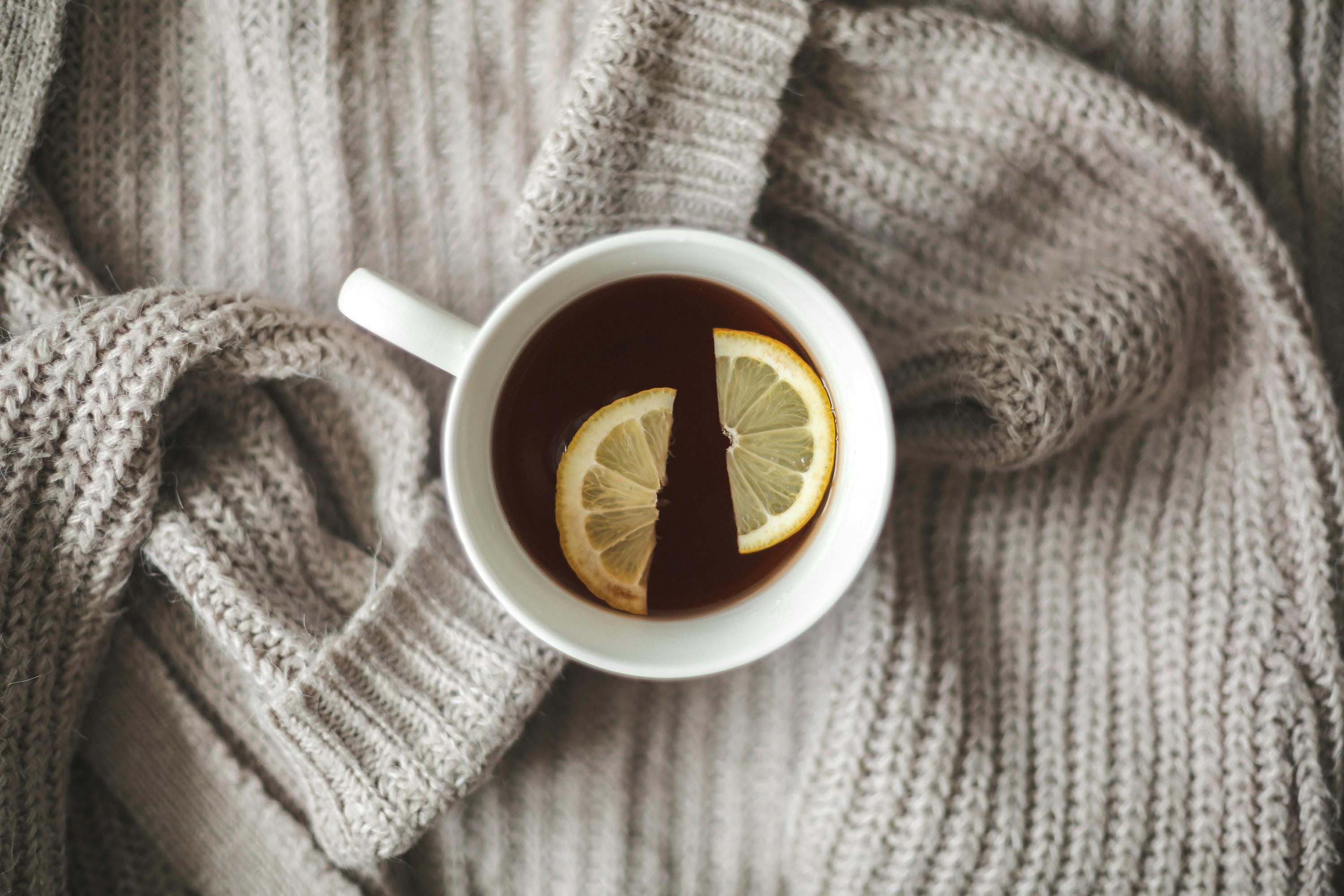It is officially wintertime! The snow is falling, the weather is freezing; the perfect environment for colds and bacteria to breed and spread between peers. At this time of year, I love to keep an arsenal of herbs on hand that help to combat different symptoms that hint of a cold coming on. In more recent years, elderberry has become one of the most popular herbs to use for immunity support, and although it is one heck of a powerhouse, there are so many other great medicinal plants out there that, when used together, can keep you cold- and flu-free for the whole winter season! In this post, I’ll be talking about some must-have herbs that are great to have on rotation during the winter months.
1. Turmeric
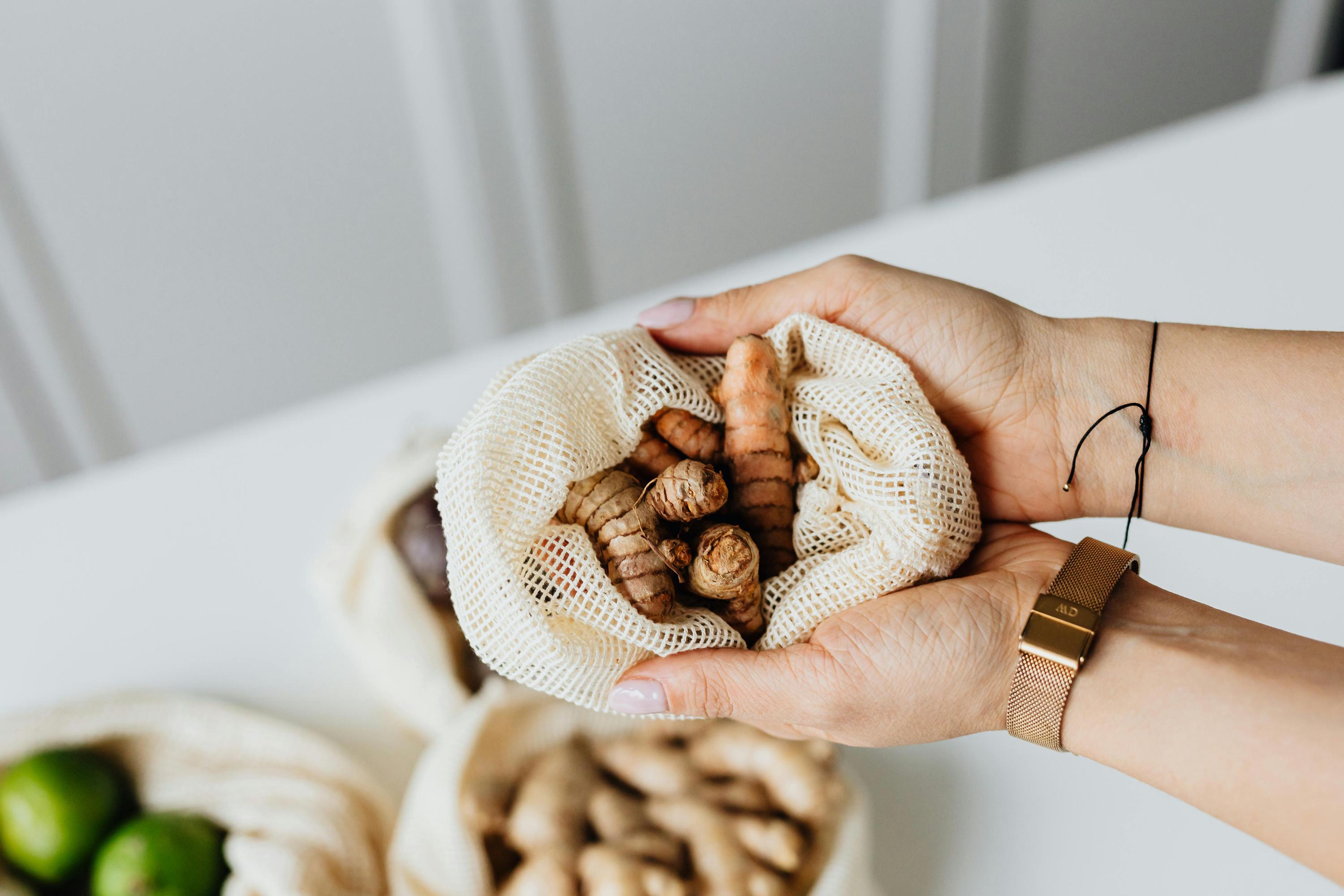
One popularly used herb is turmeric. Although it is most commonly known for its bright color and use in foods like curry, this rhizome is becoming increasingly known for its medicinal properties and health benefits. Turmeric is very high in curcumin, which not only gives turmeric its bright yellow color but is also known to reduce inflammation in the body, a key sign of a cold or flu. When used with black pepper, turmeric is absorbed more by the body, which provides increased anti-inflammatory benefits. Turmeric is also great for use all year round, as it can aid in other ailments like arthritis and high cholesterol. It has been shown to improve blood vessel health and protect liver function. Although it is recommended to consume turmeric while it is fresh, using dried or powdered turmeric still provides a host of benefits and can be taken as a supplement, used in cooking, or mixed with milk to make what is known as ‘golden milk.’ Being raised in a carribean household, my favorite way to use turmeric is in cooking, so I always try to use it in any way that I can, especially during the winter months. Cautions: Avoid using turmeric if you take prescription blood-thinners as turmeric has coagulant properties and can thin blood. Also avoid if you have gallstones.
2. Mullein
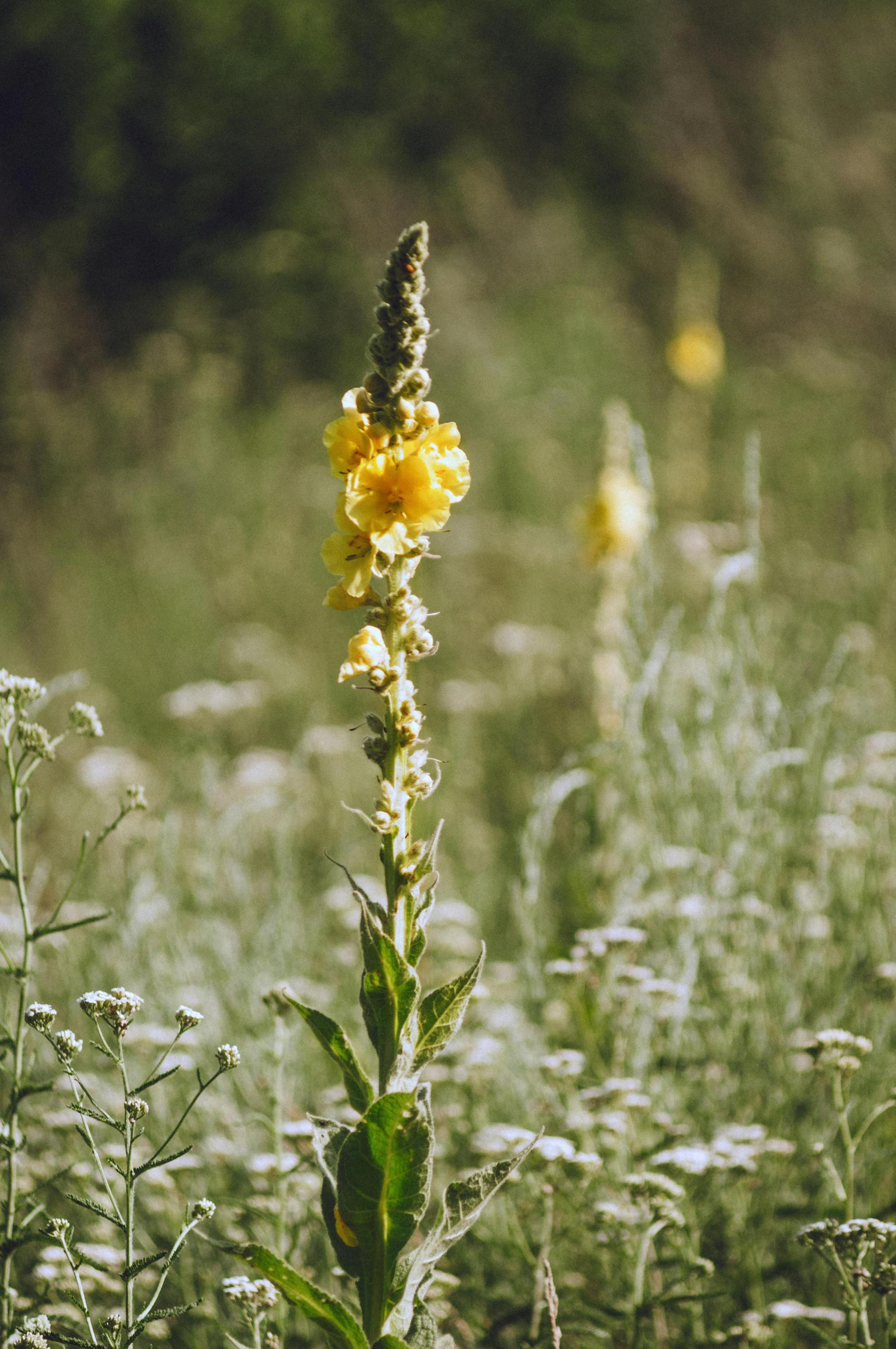
If you didn’t manage to prevent a cold, the next best path is to to treat the symptoms you do have and worked towards recovery! The Mullein plant grows native to Europe and Western Asia but can now be found all over the world. The leaves of this plant are widely used as a tea to reduce mucus formation and to clear out mucus from the lungs or other places of congestion in the body. Because of this, it can be specifically used for congestion-based ailments like asthma and bronchitis, as well as cough. Mullein is best used in combination with other expectorant herbs like thyme or coltsfoot to achieve the best result when trying to clear congestion. This herb is most commonly found dried, but fresh options can be available, as the plant best grows in open, uncultivated land.If someone in my home ends up coming down with a cold or flue, I find that the best time to introduce mullein is at the first sign of a cold, before the mucus and congestion is unbearable. This usually helps to make the lifespan of the cold shorter, and less symptomatic for the family.
Cautions: Be sure to strain your mullein tea thoroughly to avoid throat irritation from the leaves or other plant parts.
3. Echinacea
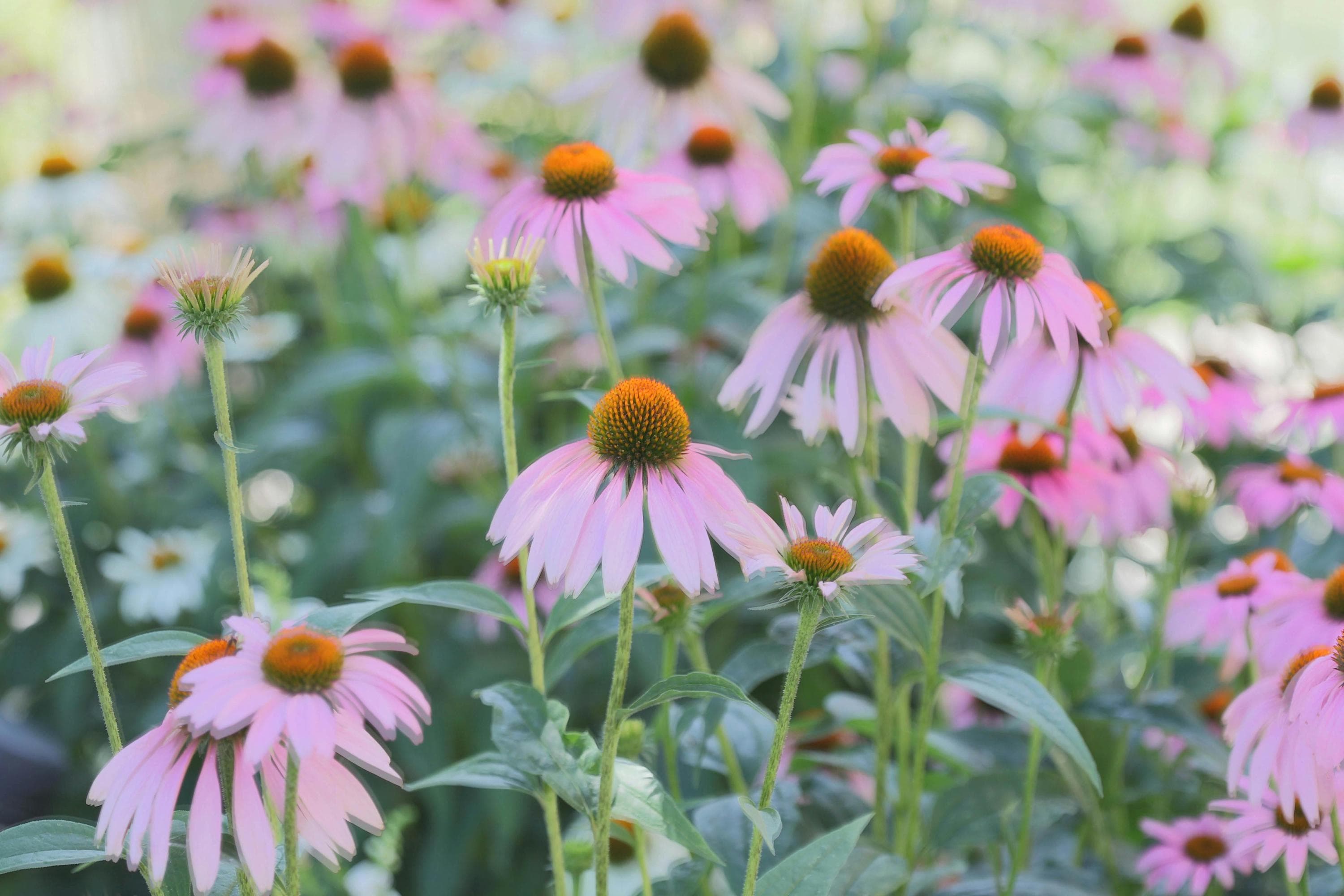
Echinacea is a widely known medicinal plant that has been the focus of several research studies for its health benefits. This plant is mainly used for its immune support and its ability to fight bacterial and viral infections, as it stimulates certain white blood cells and increases the strength of those cells to attack illnesses that may already be present in the body. Echinacea is also very high in polysaccharides, which prevent viruses from taking over the body’s cells. My favorite way to use echinacea is as an alcohol-free tincture because it is also safe for kids, so the whole family can benefit. Tea and capsules are also very beneficial ways to introduce echinacea to your system.
Cautions: Avoid using echinacea if you take warfarin, antiviral medications, steroid medications, or cancer medications, as it can reduce the effectiveness of some prescription medications.
4. Feverfew
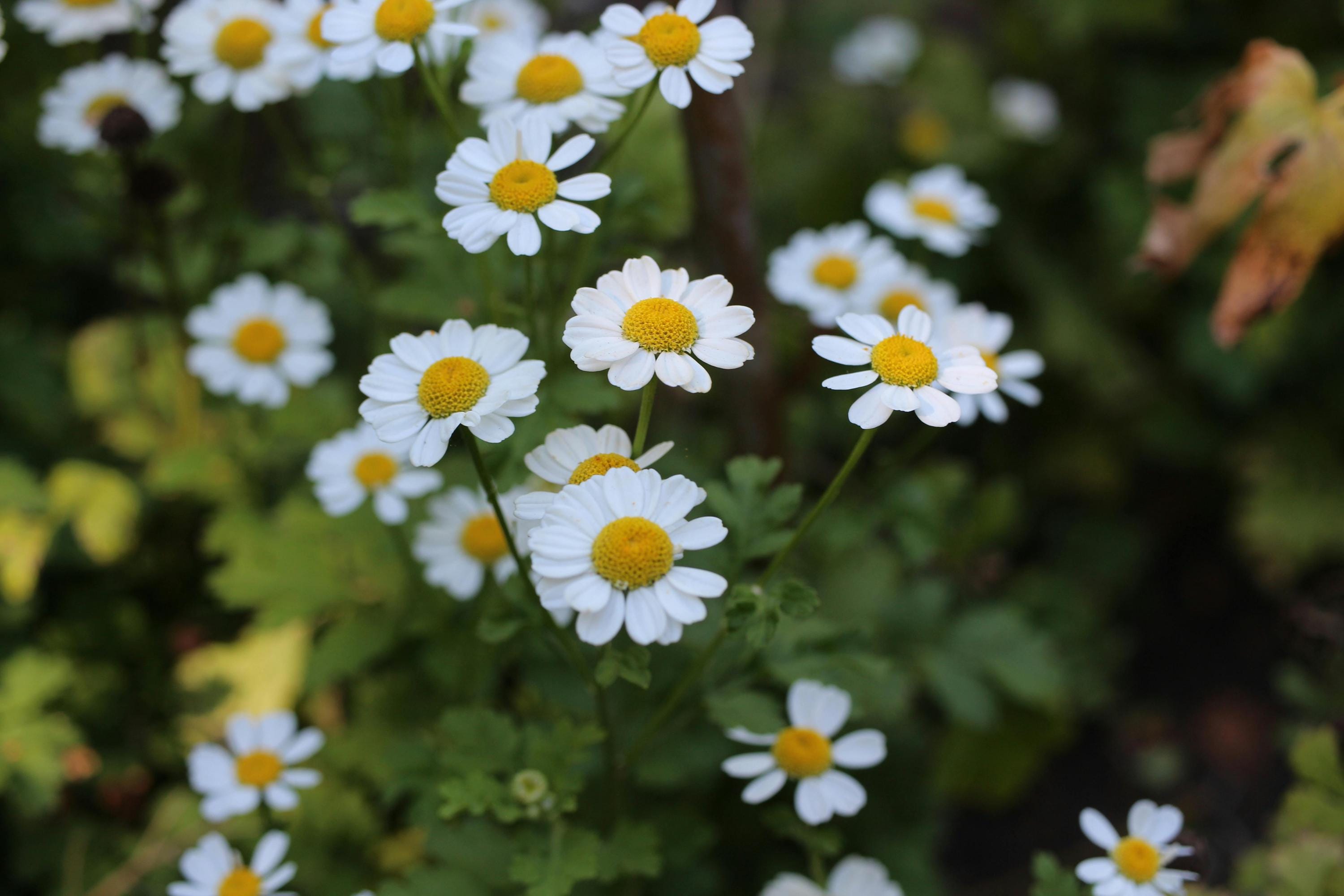
Feverfew is a close relative of chrysanthemum and chamomile. This plant is mainly used for its flowers and leaves. Feverfew is most commonly used for migraine prevention and headache relief due to its high levels of parthenolide. Another great use of feverfew, as implied by the name, is that it can reduce the body’s temperatures, making it great for when fevers are present. My favorite way to use feverfew flower is as a tea. In the past, I’ve found that the leaves have a bitter undertone, so those would be best taken as a tincture. The fresh leaves can also be eaten with a piece of bread daily to prevent migraines, although it must be used consistently to be effectively preventative.
Cautions: Avoid using feverfew if you take warfarin or other blood-thinning medications. Do not use if you are pregnant or breastfeeding.
5. Nettles
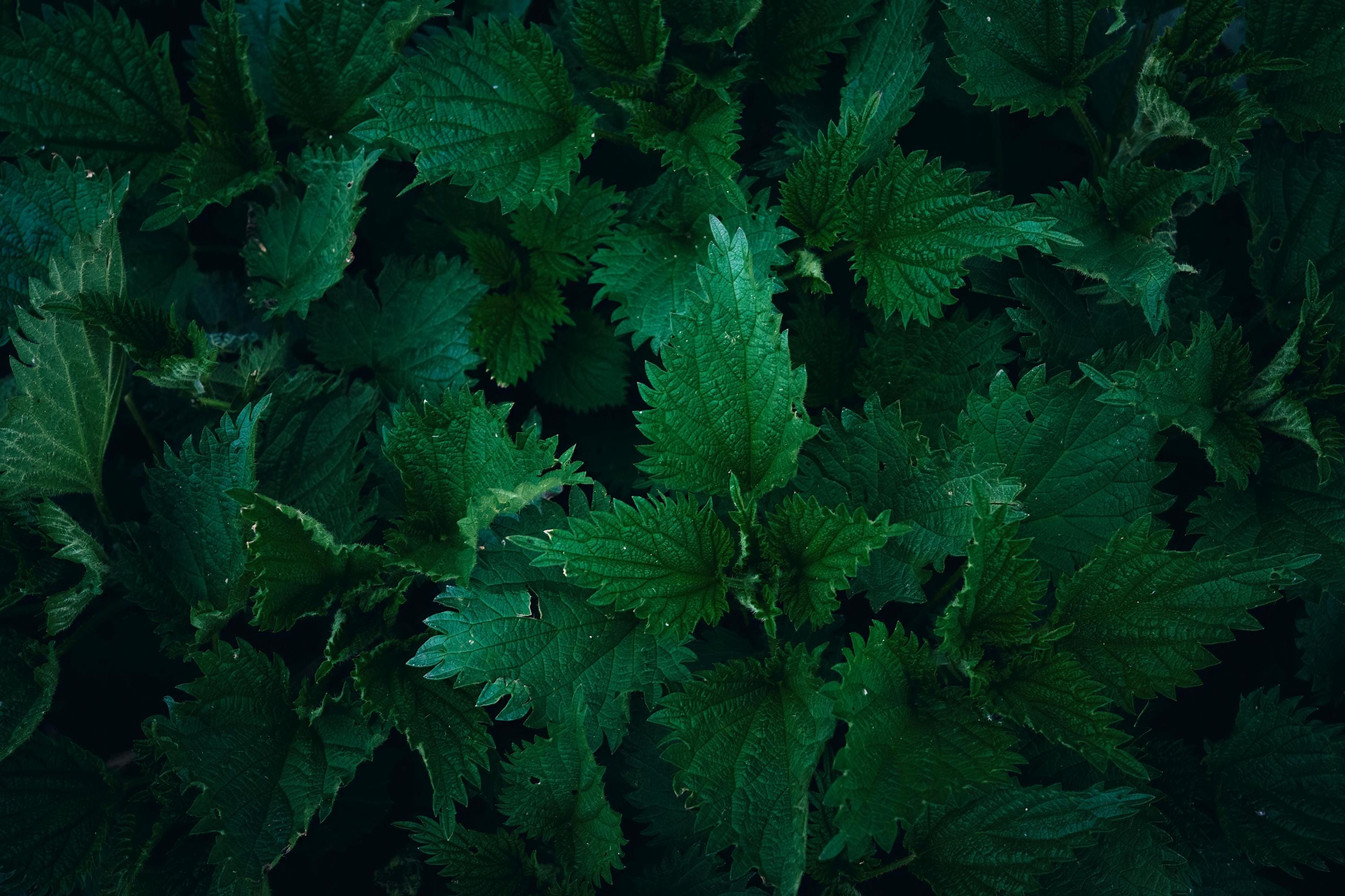
Nettle, also known as stinging nettle, is a member of the mint family and grows very invasively in regions all around the world. This plant is very high in a host of vitamins and minerals. Also known as the blood builder, nettle is high in iron and other minerals like calcium and potassium, which makes it perfect for everyday use. Nettles have a mild taste, which makes them the perfect addition to soups and other meals for the perfect vitamin booster. The nettle plant can also be used as a diuretic, making it perfect for cleansing and detoxifying the body. I like to use nettles all year round because of the overall benefit that it provides. I mostly use it for soups and teas during the colder months and as a tincture when the weather is warmer. Because of its high vitamin content, I find it most helpful for anemia and nosebleeds.
Cautions: Do not use nettles if you are taking diuretics or hypotensive medications, as it can have an additive effect on the body.
Stocking up on medicinal herbs are so beneficial for your household. If there’s ever a time where you find yourself unable to get your hands on OTC medications, you’ll always have the option of checking out what’s right in your kitchen cabinet! I hope that these herbs are as helpful to you during the winter months as they have been for me and my family. Please remember that medicinal herbs can sometimes interact with prescription and OTC medications in the body, making it less effective to do what it was intended for. Consult with your healthcare provider and do your own research before committing to using medicinal herbs consistently.

